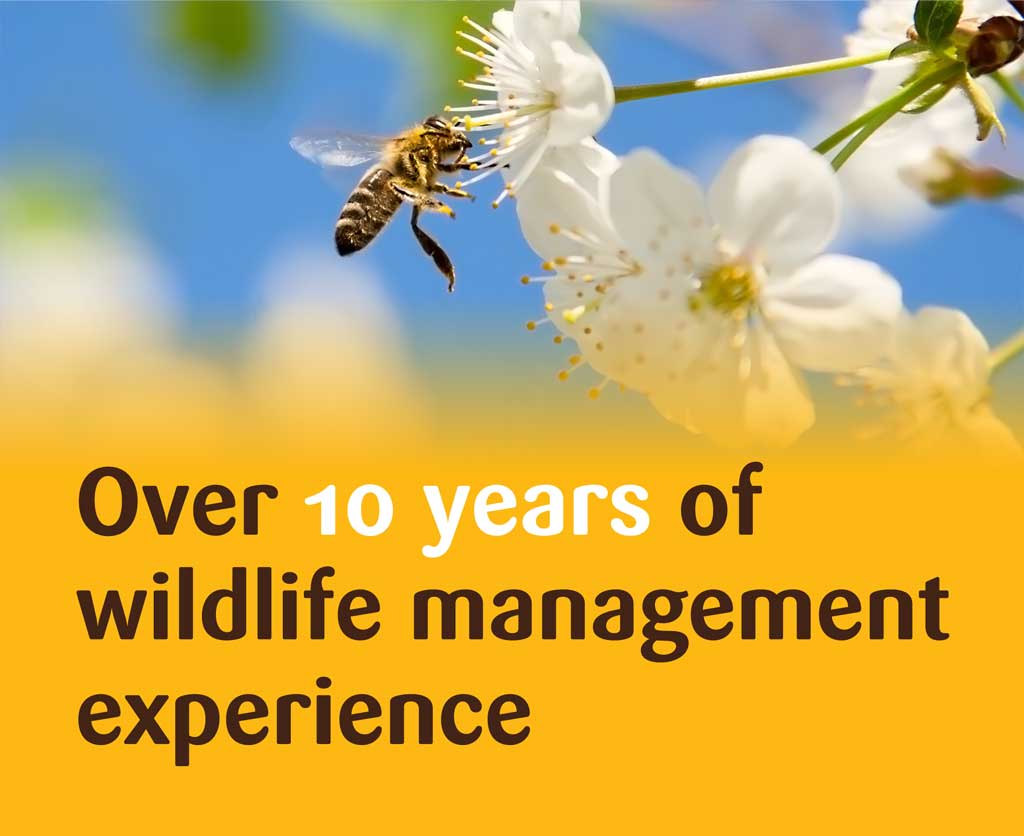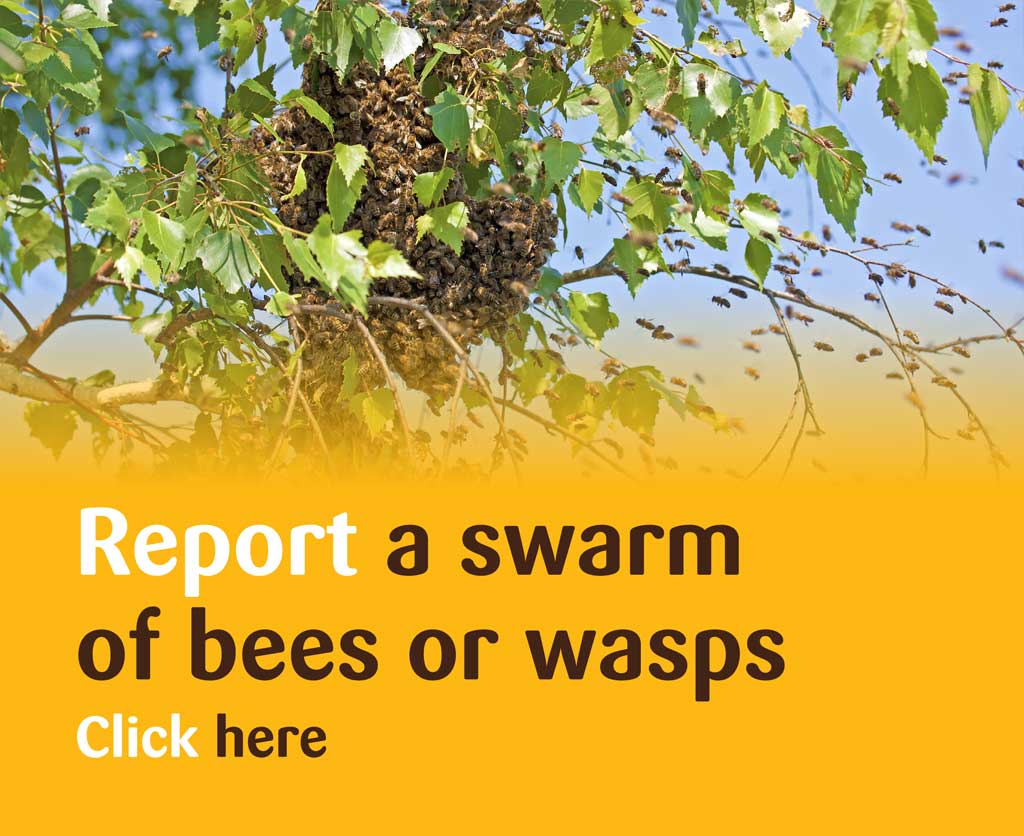Bees are attracted to flowers because they feed on the nectar which gives them energy.
Alongside other important pollinators, bees thrive in gardens which have plenty of pollen and nectar-rich plants, as well as suitable nesting sites. If you sow bee-friendly flowers and herbs in your garden bees will have access to plenty of nectar, all year round. You will also attract lots of different bee species to your garden and contribute to helping them thrive and survive.
Why not add some bee-friendly plants to your garden to give them a plentiful source of food? Here’s our guide to what to plant and when:
Early season (March to May)
English bluebell (Hyacinthoides non-scripta)
Aubretia (Aubrieta deltoidea)
Currant (Ribes)
Grape hyacinth (Muscari armeniacum)
Lungwort (Pulmonaria officinalis)
Primrose (Primula vulgaris)
Sweet violet (Viola odorata)
Winter aconite (Eranthis hyemalis)
Wood anemone (Anemone nemorosa)
Alyssum (Alyssum montanum)
Mid season (June to August)
Buddleia (Buddleja davidii)
Heather (Erica cinerea)
Lady’s bedstraw (Galium verum)
Lavender (Lavandula angustifolia)
Common mallow (Malva sylvestri)
Purple toadflax (Linaria purpurea)
Rock cress (Arabis spp.)
Sea holly (Eryngium maritimum)
Verbena (Verbena bonariensis)
Wallflower (Erysimum cheiri)
Late season (September to November)
Coneflower (Echinacea spp.)
French marigold (Tagetes patula)
Golden rod (Solidago spp.)
Ice plant (Sedum spectabile)
Honeysuckle (Lonicera periclymenum)
Ivy (Hedera helix)
Meadow saffron (Colchicum autumnale)
Michaelmas daisy (Aster pyrenaeus)
Common sunflower (Helianthus annuus)
Red valerian (Centranthus ruber)
(Source: https://www.wildlifetrusts.org/actions/plant-flowers-bees-and-pollinators )









